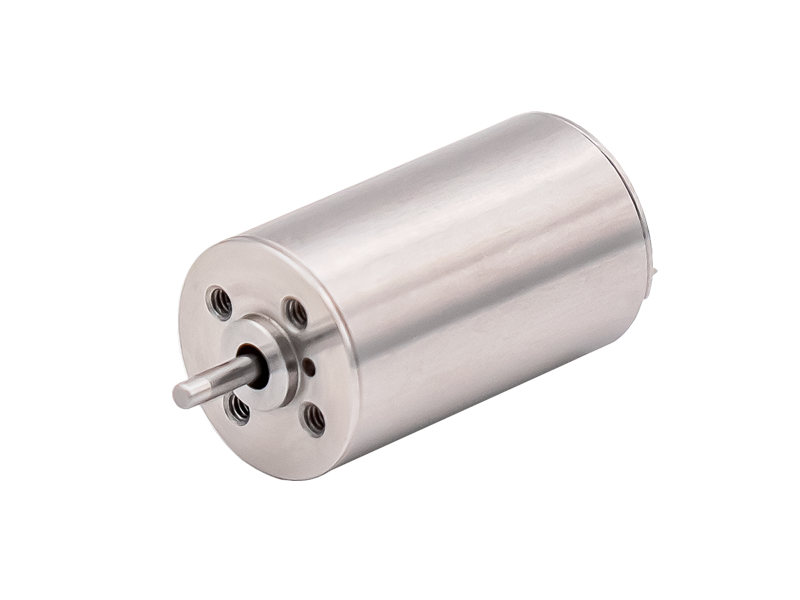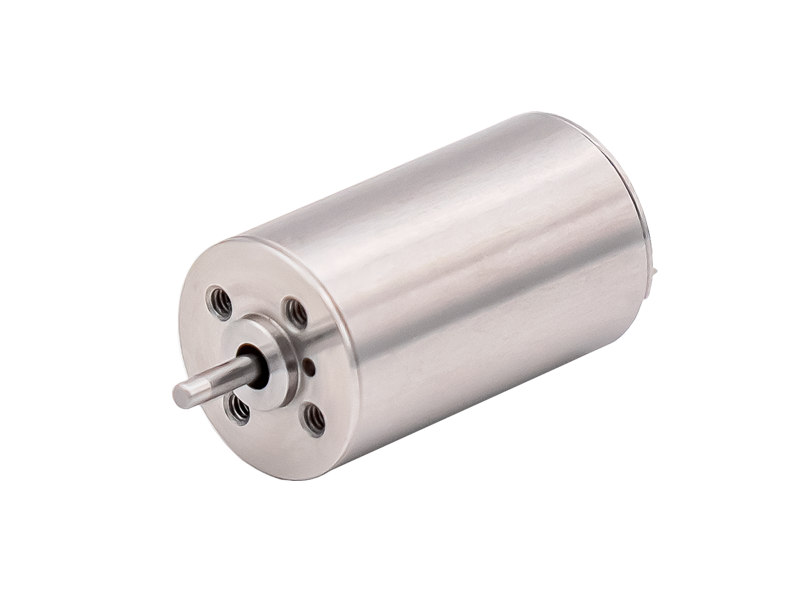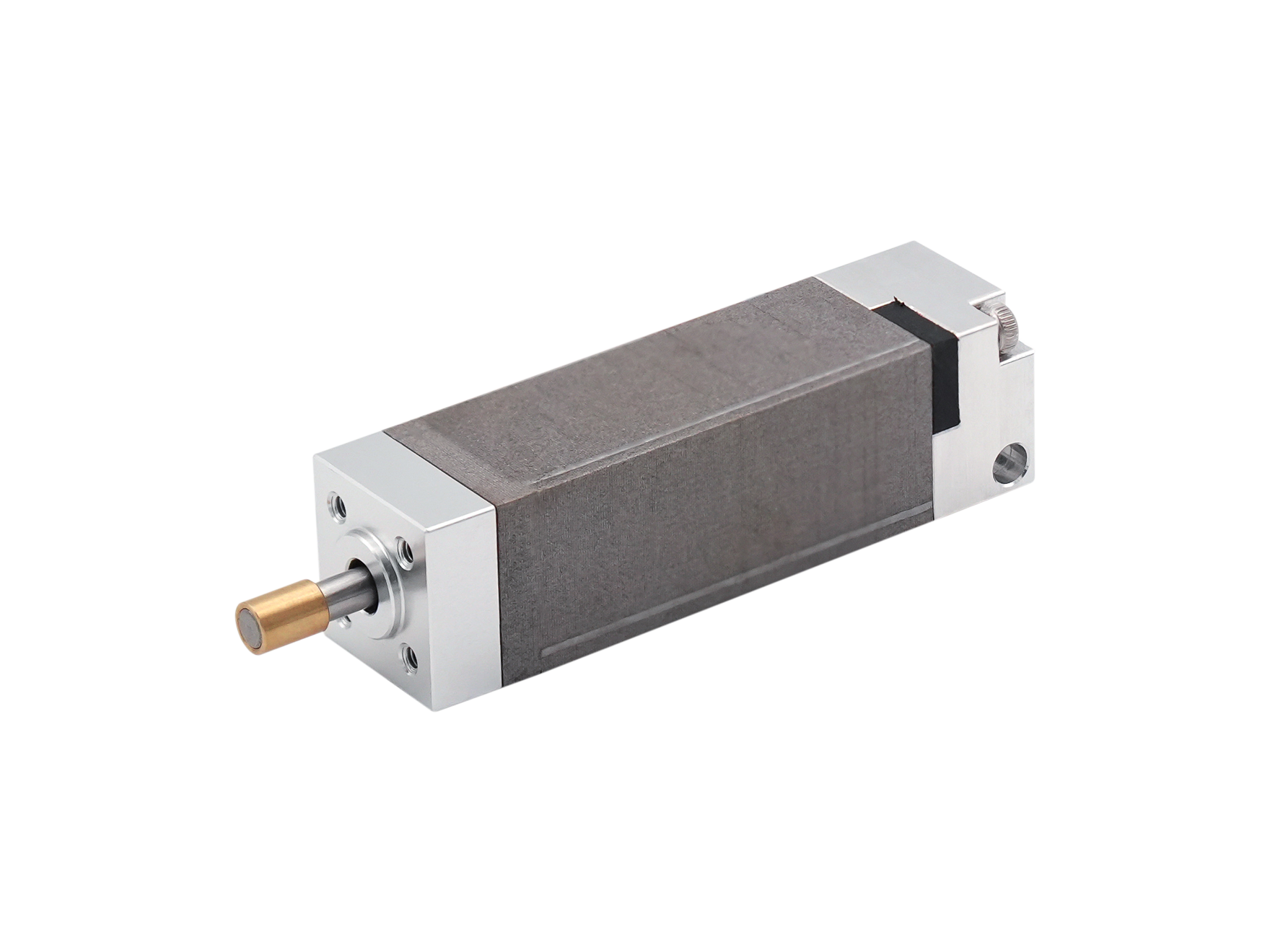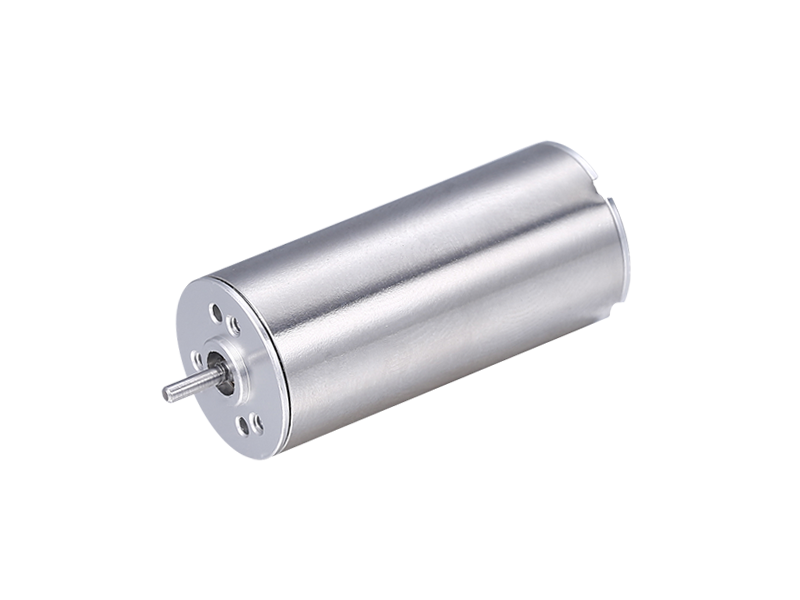What types of motors are commonly used for robots.
Sometimes after watching some robot videos or competitions on construction sites, there is an impulse to personally make robots, but most people do not have professional skills, so they do not know how to start.

Today, we will provide a detailed introduction to the common types of motors used in intelligent robots, which include three types: general DC motors, servo motors, and stepper motors.
▍ DC motor
A rotating motor that outputs or inputs DC power energy is called a DC motor. It is a motor that can convert direct current electrical energy and mechanical energy into each other. When it operates as an electric motor, it is a
DC motor that converts electromagnetic energy into mechanical energy; When operating as a generator, it is a direct current generator that converts mechanical energy into electromagnetic energy.
▍ Servo motor
Servo motors are also known as executive motors. In fully automatic control technology, as an implementing component, the obtained signal is converted into angular velocity or angular velocity output on the motor shaft. Divided into two types: DC and AC servo motors, their main characteristics are that when the signal current is zero, there is no rotational condition, and the speed ratio decreases with the increase of torque.
▍ Stepper motor
A stepper motor is an open-loop control component that converts pulse signals into angular velocity or linear motion. In non overweight situations, the speed ratio of the motor terminates only in the frequency and number of pulses, without being affected by load changes. That is, by adding a differential signal to the motor, it will rotate by one step angle. This linear correlation exists, coupled with the characteristic that stepper motors only have regular deviations without accumulated deviations.
In industries such as speed and position manipulation, using stepper motors to control changes is very simple. Novices generally do not have a good grasp of designing and manipulating motors with microcontrollers. They can first use microcontrollers to design input and output PWM signals to manipulate DC motors, and further attempt to manipulate stepper motors to achieve higher linearity. For the motion drive of automobiles, DC motors or stepper motors can generally be used, while servo motors are generally used in robotic arms to obtain accurate rotation angles and overall motion trajectory planning.













